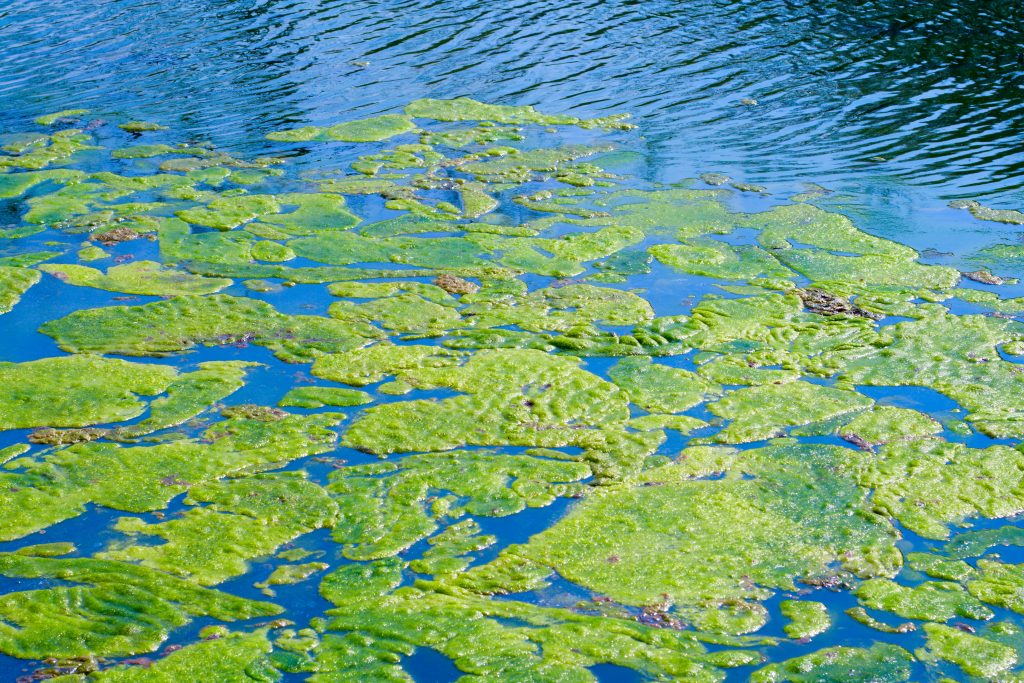Stream Pollution and Impacts
In 2021, scientists discovered that up to 1,000 different rivers worldwide carry plastic and other pollutants to the ocean. Cleaning up those rivers can greatly improve the quality of our oceans. And while you might imagine that large rivers carry the most trash to our oceans, the reality is that 80% of plastic waste is carried to oceans via small rivers that flow through densely populated urban areas.
This means that YOU can make an impact! These rivers and streams are all around us, and we can make a difference by keeping them clean of trash and other pollutants before they are carried to the ocean.

Stream Pollution and Impacts
Trash, specifically plastic trash, is one source of those impacts—for human and aquatic life. Not only can wildlife get entangled in plastic, but plastic floating in the ocean and along shoreline is also often mistaken for food. Further, many plastics accumulate chemicals known as PBTs, and as PBT plastics break down into smaller microplastics and get consumed by wildlife. They end up in the food chain. More on the impacts of trash in water can be found on the Litter & Plastics page.
Streams can be polluted in many other ways as well, and the impacts don’t all collect downstream somewhere else but in our own communities. For example, waterborne pathogens from human and animal waste in our waterways are a burden to water utilities and pose a risk to anyone taking part in water recreation activities. This type of waste reaches our waterways in a myriad of ways, and you can learn more about it through some of our other pledges: Pet Poo, Waterfowl Management, and Septic Maintenance.
Our daily habits also result in a multitude of pollutants being released into our streams and rivers every day—trash, leaves and grass clippings, fertilizers, oil and other vehicle-related fluids…you name it. Excess nutrients like nitrogen and phosphorus, for example, can lead to the extreme growth of algae, known as blooms. Some algal blooms can produce toxic conditions for humans and wildlife and cause foul odors in water supplies. Large mats of algae also block sunlight used by underwater aquatic plants to grow. More information about algae and dead zones can be found on the Fertilizer Impacts page.

Categories of Water Pollutants
How do our waterways become polluted? Is it always simply that someone poured chemicals into a stream? No, it can be more complicated than that. Water pollution is placed into three different categories by source, or where the pollution comes from. These categories are Point Source Pollution, Nonpoint Source Pollution, and Transboundary Pollution. Adopting a stream means looking out for all types of pollution entering your stream and doing what you can to report or prevent it.
Point Source Pollution: This is the simplest type of pollution to categorize. It comes from a single source or place. Leaking septic systems, chemical and oil spills, and illegal dumping are all examples of point source pollution.

Nonpoint Source Pollution: Pollution that flows over land or is blown into the waterways is known as nonpoint source pollution. Common sources include agricultural and stormwater runoff. This type of pollution is much more difficult to track and regulate.
Transboundary Pollution: Pollution is not stationary. It moves from stream to river to ocean and can even make its way to other countries’ territorial waters. Examples of transboundary pollution include oil spills and industrial and agricultural discharges that migrate away from their original point of pollution.